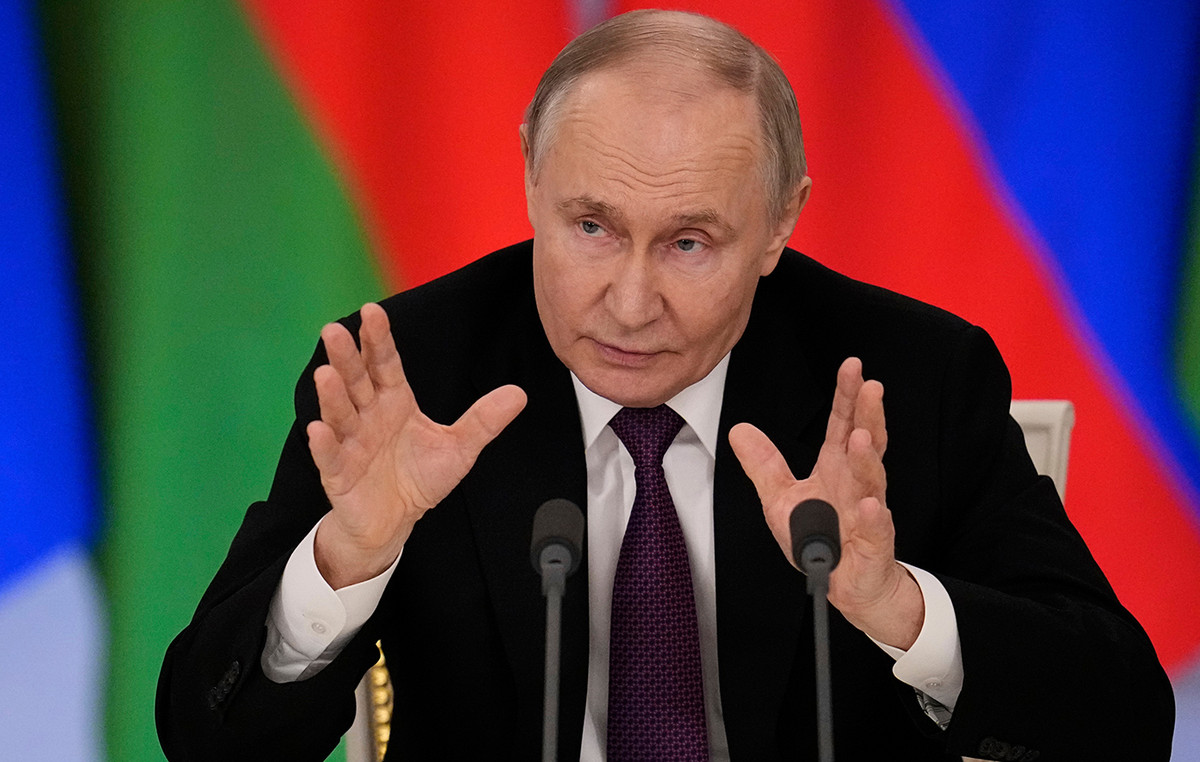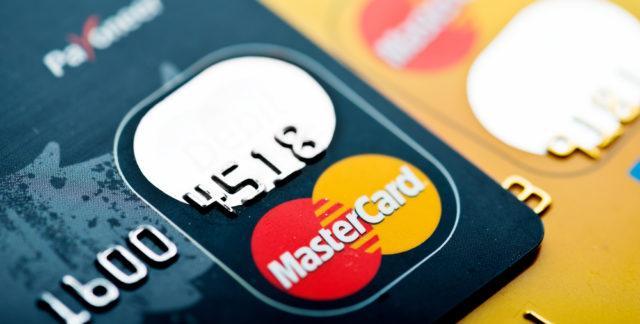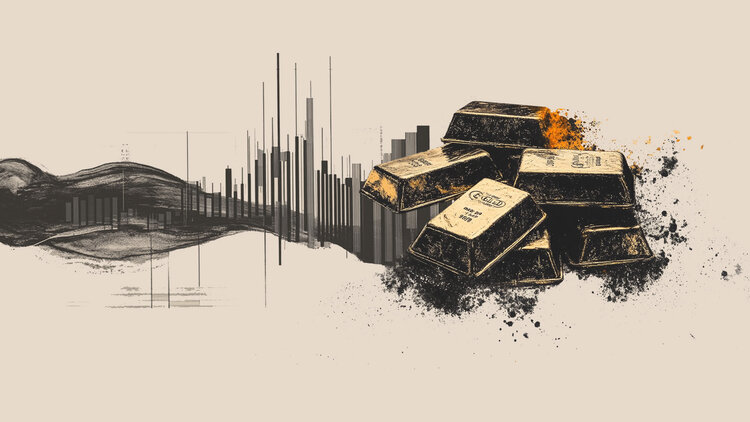Who is interested in the possibility of an armed conflict in Ukraine? Immediately, whoever makes money from the sale of weapons wins. And the Congress of United States prepares to vote on a bill called “Protect Ukraine”, worth US$500 million, to provide weapons to the neighboring country of Ukraine. Russia.
Well-armed, would Ukraine have any chance of winning a military dispute with Russia in Vladimir Putin?
Experts say no. In addition to military superiority, Russia is an atomic power, which makes a direct confrontation between Russia’s allies impossible. North Atlantic Treaty, NATO, with Moscow. But almost all countries in the region are buying weapons, military equipment and ammunition.
The risk of confrontation and the increase in tension give politicians in Washington the necessary ingredient to unite what domestic policy discussions do not allow. Republicans and Democrats often abandon differences when they need to make decisions about distant wars and conflicts. That’s what you see now.
The US Congress is discussing passing a package of sanctions on Russia and freeing up funds to send more weapons to Ukraine and eastern European countries.
the senator Bernie Sanders, 80, is a veteran of dissent. And he confirmed his position this week, on the Senate floor, when he brought to light the history that, according to him, led the world to the conflict that now occupies the headlines of the planet.
“America can do a few things to nudge Putin and get him to change course,” Sanders said. He argued, like many historians, that the rapid expansion of NATO to the Russian border in the 1990s, led by the United States, was a strategic mistake that destabilized relations between the countries.
“Even if it were not governed by an authoritarian and corrupt leader like Vladimir Putin, Russia, like the United States, would have an interest in the security policies of its neighbors. Or does anyone believe that the United States would have nothing to say if, for example, Mexico formed a military alliance with an adversary of America?” Sanders asked his Senate colleagues.
John Joseph Mearsheimera professor at the University of Chicago with a PhD in international relations from Cornell University, wrote an article this week that supports the thesis defended by Sanders.
Mearshemeir says that the first round of NATO expansion took place in 1999 with the inclusion of the Czech Republic, Hungary and Poland. In 2004, it was the turn of Bulgaria, Estonia, Lithuania, Latvia, Romania, Slovakia and Slovenia.
In 2008, NATO considered going further and also including Georgia and Ukraine, already on the border with Russia. France and Germany were against it, arguing that it would antagonize the Russians too much.
And the final decision was an intermediate one: the formal process of inclusion of the two countries had not started, but in a statement, at that time, NATO supported the aspirations of Georgia and Ukraine and guaranteed that the two would become members in the future.
In a decade or two the history books will tell what that conflict was. Whether he will materialize in exchange of gunfire and dismal statistics of dead and wounded remains to be seen.
But the war of information, versions and narratives is already in full swing. And it can cause economic problems in the four corners of the world or produce a new configuration of world security, if the reduced space of the diplomatic exit produces results.
In Moscow, after a meeting with the British Foreign Minister, Sergei Lavrov said the conversation seemed ineffective. This is Russia’s central complaint. And it is holding Ukraine hostage to force debate and changes in the current balance of forces.
The map below shows the expansion of NATO since the end of Second World War. Between 2004 and 2009, the armed wing of the Western Allies grew rapidly towards Russian territory. Putin believes Russia is increasingly surrounded by troops he considers enemies.
The President of France, Emmanuel Macron, will face the polls in April and has positioned himself as a possible peace negotiator in this conflict. He has said that Russia is not interested in annexing Ukraine but in changing the security situation in Europe.
But the threat to Ukraine’s sovereignty is palpable. There are more than 100,000 Russian soldiers moving at different points on the border. In Belarus, a country on Ukraine’s northern border and Russia’s partner, another 30,000 soldiers are carrying out military exercises that end on February 20.
Naval maneuvers, with warships, in the Black Sea, south coast of Ukraine, complete a picture of the military siege of the country. But Russia insists it has no intention of invading its neighbour.
In conversation with the Secretary of State Anthony Blinken, Lavrov said the Kremlin is finishing writing Russia’s response to American proposals. Perhaps a sign that the country has no intention of invading Ukraine, at least in the short term, as it is still engaged in negotiations.
The United States and the main European powers, which already have troops stationed in Eastern European countries, on a rotational basis, have increased the military contingent in the region doing exactly the opposite of what Putin would like to see as a result of this whole conflict.
What’s more, the United States and Europe are arming not only Ukraine but the Baltic countries and Eastern Europe. If the world economy suffers from the pandemic, the arms industry apparently has nothing to fear. Sales are on the rise.
The week ended with widespread alarm. The US national security adviser, Jake Sullivan, gave an interview at the White House and assured that he had access to information from the American intelligence service that indicated the imminence of an invasion.
Pressed by journalists who recalled the CIA’s false information about the production of weapons of mass destruction in Iraq, Sullivan said it was different now.
“We’re not trying to start a war, we’re trying to prevent a war,” he said. But he left the said for the unsaid when he added: “We’re not saying that Putin has already made the decision to invade.”
When he took office in 1993, the then American president, Bill Clinton, decided that there would be no NATO rush to Russia. But the following year, Republicans beat up Democrats in elections that renewed Congress.
And one of the party’s banners at that time was precisely the fastest possible expansion of NATO. Clinton switched sides on the issue. Now the British prime minister, Boris Johnson, sees his own position threatened because of the parties that took place at the government headquarters, in the middle of the pandemic. In the United States, Joe Biden’s popularity plummets.
And the movement of Russian troops and those of NATO allies is gaining volume around Ukraine. Hard to know who wins this arm wrestling. But those who are most likely to lose, and a lot, are the Ukrainians.
Biden and Putin talk
Biden and Putin held a phone call yesterday. Trump warned Putin that the US and its allies would respond “decisively and impose swift and severe consequences” on Russia if Putin decides to invade Ukraine.
The call between the two leaders came hours after the US withdrew some of its forces from Ukraine and ordered the evacuation of most of its embassy staff on Saturday, amid fears that a Russian invasion of the country could take place in the coming days. The measures are seen by experts as yet another sign that the US fears Putin could order an invasion at any moment.
The Russian Ministry of Foreign Affairs has claimed that Western countries are spreading a “large-scale disinformation campaign”, which promotes the thesis about an alleged imminent Russian invasion of Ukraine.
Source: CNN Brasil
I’m James Harper, a highly experienced and accomplished news writer for World Stock Market. I have been writing in the Politics section of the website for over five years, providing readers with up-to-date and insightful information about current events in politics. My work is widely read and respected by many industry professionals as well as laymen.







